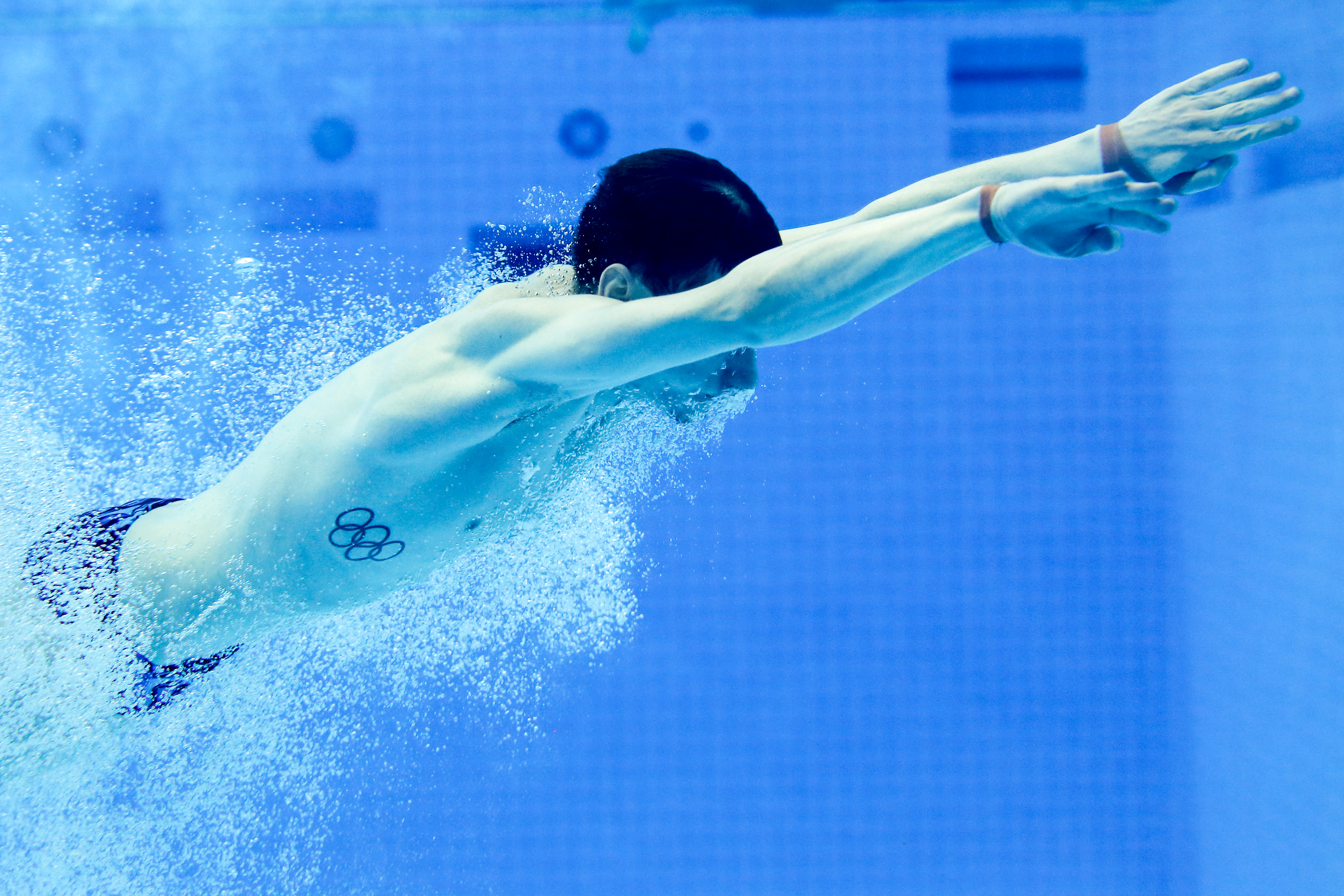How to keep your shoulders healthy for swimming
Taking good care of your shoulders before and during your swim is essential to avoid any injuries that could derail your season. Andrew Sheaff explains how…

Painful shoulders can be annoying at best, and season ending at worst. Plus, pain hurts! In most cases it’s a matter of load, and injury comes down to too much, too soon, for too long.
If you want to keep your shoulders healthy, you must control how much load they undertake. Of course, you still have to train, so it makes sense to eliminate unnecessary load.
Let’s consider warming-up. In almost every case, we go from doing next to nothing with our arms, right into swimming at a decent speed. That’s a lot of work for arms that aren’t primed to work out.
When jumping into cold open water, most of us get moving fast once we’re in the water as we’re more concerned with getting warm than protecting our shoulders. That’s stress that your shoulders aren’t necessarily ready to handle.
While this isn’t a big deal on any given day, it adds up over time, particularly for those with pre-existing shoulder problems. To combat this issue, it’s critical to find ways to ease your shoulders into each workout.
While doing certain mobility exercises before swimming can help, many find it’s tough to stay consistent with doing them, particularly when you’re crunched for time and you want to get your full swim.
You need a solution that’s effective, yet still feels like you’re productively working toward swimming goals. Here’s what we suggest…
Warm up with fins

A great strategy to reduce the load on your shoulders at the beginning of your workout is to start off swimming with fins.
This greatly reduces the shoulder stress you’ll experience as the legs are doing much more of the work to start. It also takes a lot less effort to move your arms through the arm cycle as the fins are working to push you forward a lot more than normal.
This all adds up to a smoother transition from rest to work, allowing your shoulders time to warm-up, lubricate and get ready for the work at hand.
The added benefit’s that you’re still swimming, so you can still work toward your technique and fitness goals. Once you’ve spent several minutes warming-up with the fins, you can transition to regular swimming.
Underwater recovery

Now, you may not have access to a pair of fins, or maybe you just don’t want to spend the money on a pair. As an alternative, try underwater recovery freestyle. It’s performed exactly as it sounds like.
Simply recover your arms under the water rather than over the water. It’s conceptually similar to doggy paddle, except you’ll be swimming with your head down, reaching all the way in front, and pulling all the way back.
This allows you to control your speed and range of motion as you get ready, all without performing the overwater recovery, which tends to require more range of motion.
If you’ve been struggling with pain or you are just paranoid about getting injured (rightfully so), use these strategies to really loosen your shoulders up before really getting to work.
It’s also worth noting that some pain in your upper arm could be a sign of swimmer’s shoulder, so don’t ignore it.
Top image credit: Jim Sugar/Corbis via Getty Images




